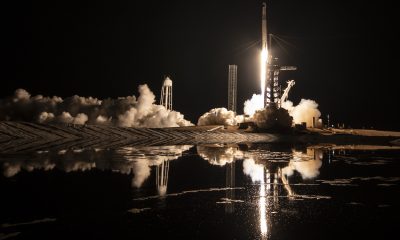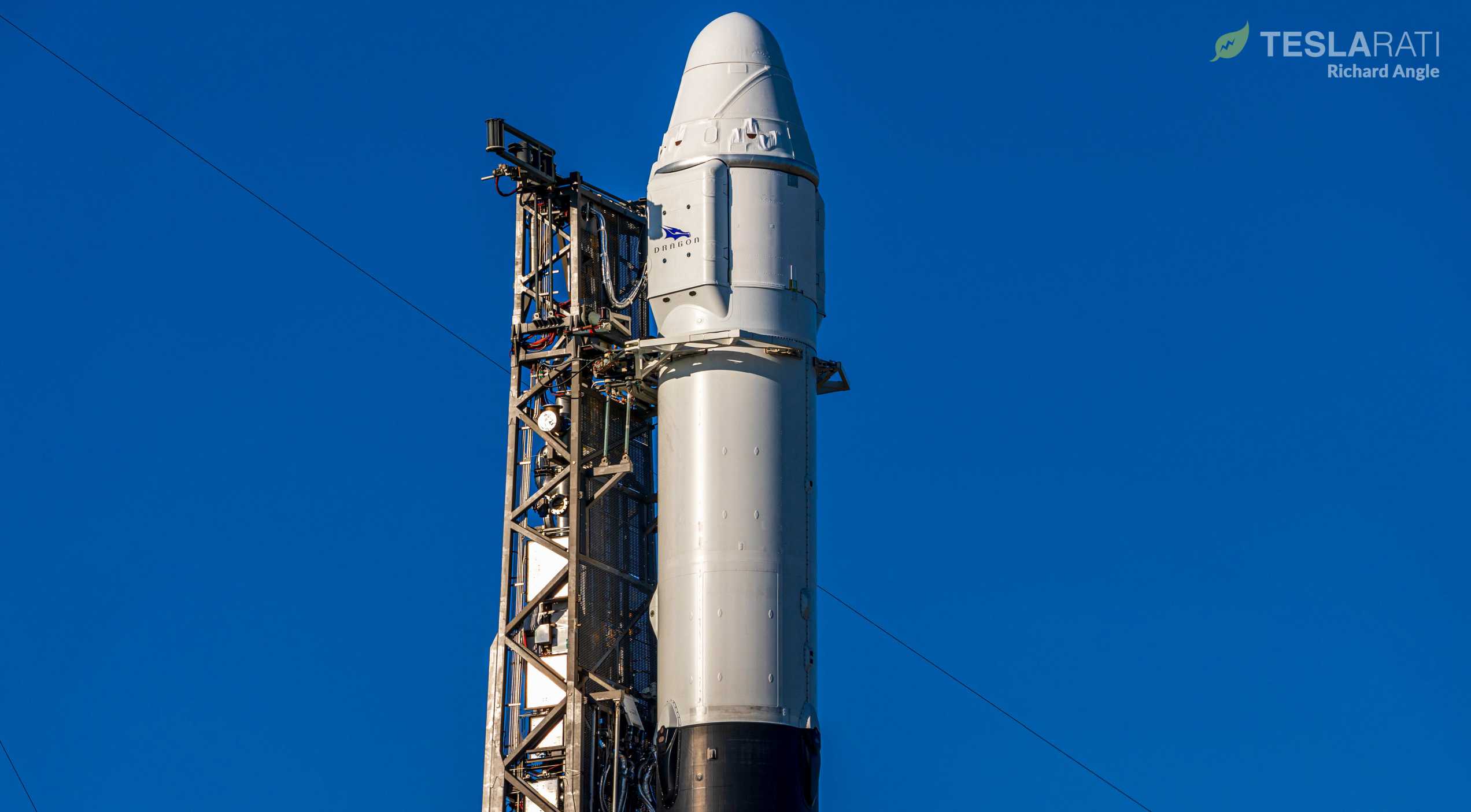

News
SpaceX Starlink launch ambitions just saved a space station resupply mission from bigger delays
SpaceX’s ambitious 2020 Starlink launch goals have unintentionally saved a Cargo Dragon spacecraft mission from much longer delays after a major part of its Falcon 9 rocket had to be replaced at the last second.
Known as SpaceX’s 20th NASA Commercial Resupply Services (CRS-20) mission, SpaceX’s Cargo Dragon spacecraft was initially scheduled to launch supplies to the International Space Station (ISS) as early as March 2nd, 2020, a date that recently slipped four days to 11:50 pm EDT (04:50 UTC), March 6th. Simultaneously, a separate Falcon 9 Starlink mission – assigned to a different launch pad – found itself delayed from March 4th to March 11th.
A day or so after news of the CRS-20 launch delay first broke, NASA published a blog post noting that SpaceX had taken the extraordinary step of fully replacing the mission’s Falcon 9 second stage, the part of the rocket (pictured underneath Dragon in the photo above) tasked with taking payloads from the edge of space into Earth orbit (or beyond). Triggered by a faulty component in its space-optimized Merlin Vacuum engine, the fact that SpaceX chose to replace the upper stage and still only delayed CRS-20’s launch by four days suggests that its ambitious Starlink launch plans are already creating positive side effects for commercial customers.
"SpaceX identified a valve motor on the second stage engine behaving not as expected and determined the safest and most expedient path to launch is to utilize the next second stage in line that was already at the Cape and ready for flight."https://t.co/E9dokEAf0n— Michael Baylor (@MichaelBaylor_) February 25, 2020
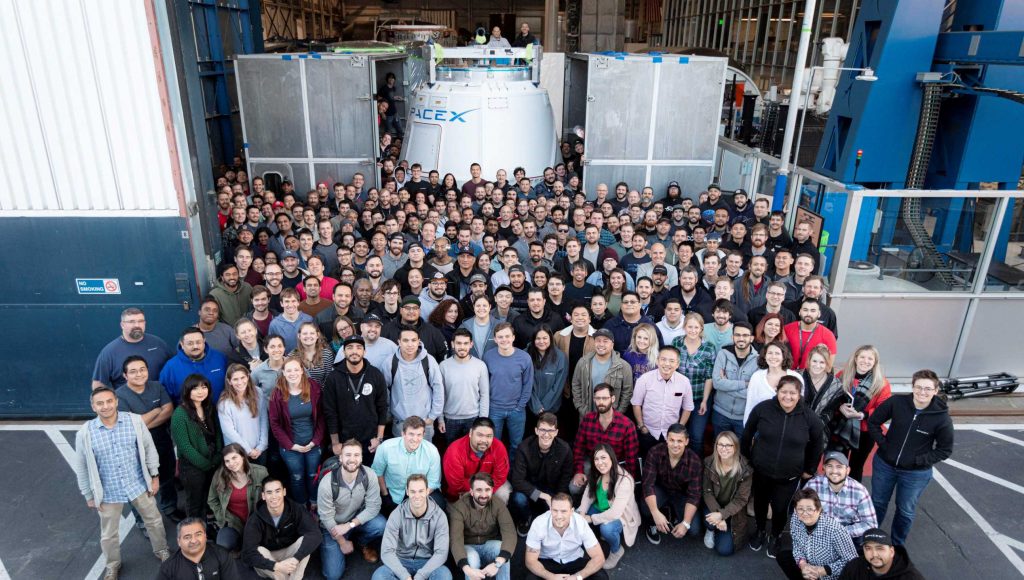
As of late, multi-day hardware-related launch delays have been rather rare for SpaceX, who has instead suffered numerous weather-related scrubs over the course of completing its Fall 2019 and Winter 2020 launch manifest. SpaceX’s February 17th Starlink-4 mission did suffer a minor second stage valve-related delay that was fixed in about 24 hours, but things have otherwise been quite smooth for Falcon 9.
Given all that goes into building and testing Falcon 9 second stages, there are very few good explanations (aside from pure luck) that would allow for a given SpaceX launch to entirely replace its assigned second stage a week before liftoff and only slip a handful of days. Nevertheless, with CRS-20, SpaceX is attempting to do exactly that.
“SpaceX identified a valve motor on the second stage engine behaving not as expected and determined the safest and most expedient path to launch is to utilize the next second stage in line that was already at the Cape and ready for flight. The new second stage has already completed the same preflight inspections with all hardware behaving as expected. The updated target launch date provides the time required to complete preflight integration and final checkouts.”
NASA.gov — February 25th, 2020
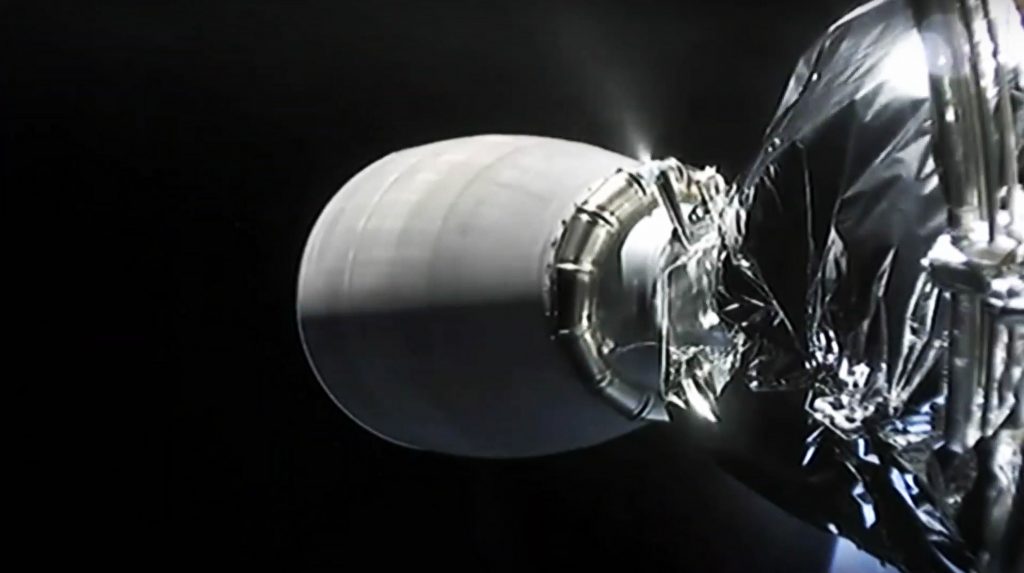
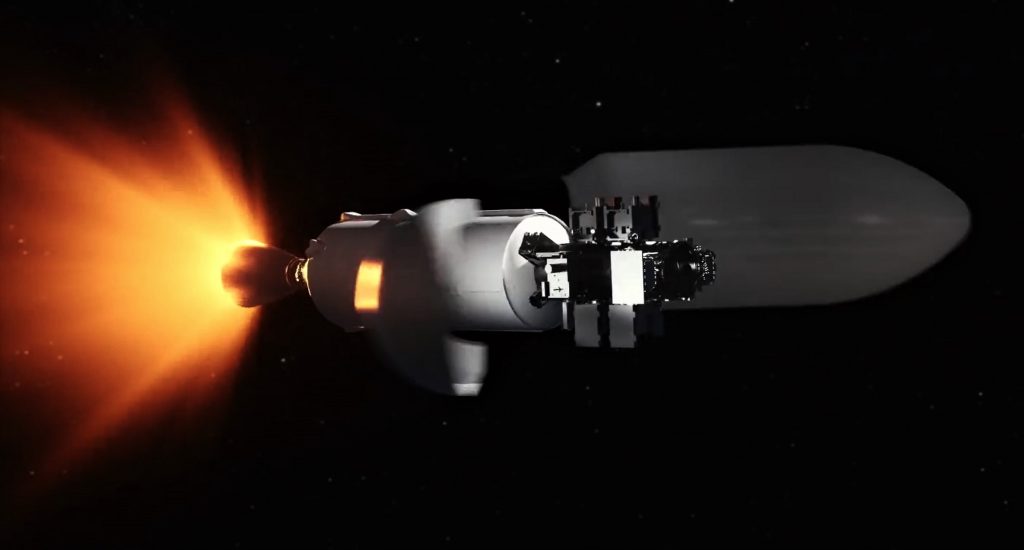
The specific lead times SpaceX’s Falcon rocket family parts require is almost totally unknown but it’s safe to say that the process of building a Falcon upper stage from scratch, performing acceptance testing in Texas, and shipping said stage to the launch pad takes months from start to finish. For SpaceX to be able to attempt to minimize CRS-20’s delays to just four days while still fully swapping out its upper stage, the company would have quite literally had to have had another Falcon stage just sitting around in Florida.
As it turns out, per NASA’s official statement, that is precisely what transpired. A separate second stage was already in Florida and “ready for flight”, giving SpaceX the luxury of selecting the safest option theoretically available. Beyond the hardware already being ready to go in Florida, the stage reassignment almost certainly also hinged upon the mission it was assigned to being somewhat nonessential – a label that SpaceX would be hard-pressed to affix to any of its customers’ launches. An internal Starlink mission, however, would be a perfect opportunity, allowing SpaceX to avoid both picking favorites and seriously impacting (aside from the ~4-day CRS-20 delay) its paying customers.
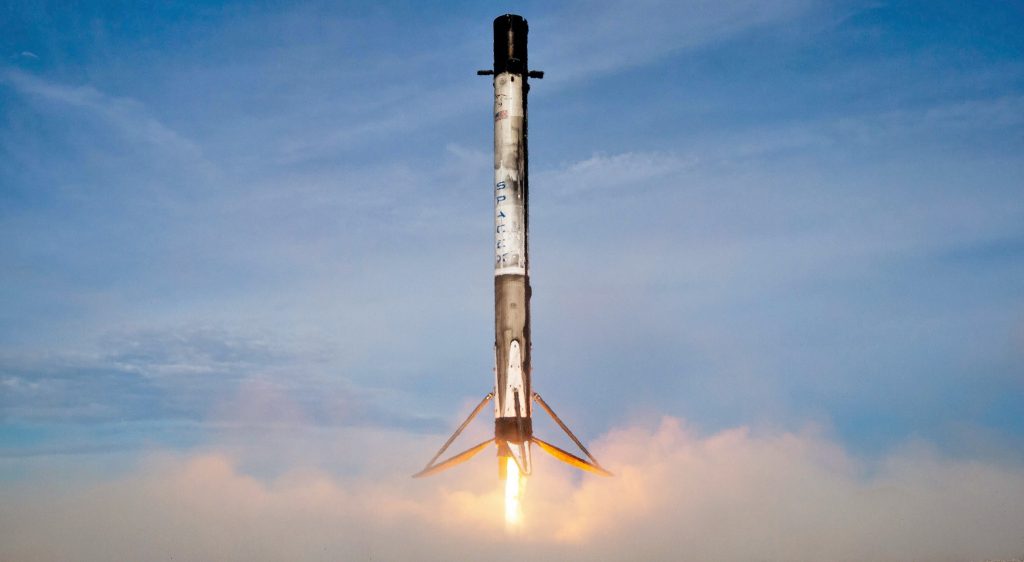
To be clear, SpaceX was thus able to swap out CRS-20’s upper stage at the last second with only a minor schedule impact almost exclusively because of it’s ambitious plans for 20-24 Starlink launches this year. If the company wasn’t pursuing a more than biweekly 2020 launch cadence, it’s much more likely that CRS-20 would have had to make do with its second stage or wait for a new one to be built, potentially delaying the launch by one or two weeks, if not longer.
In simple terms, the launch cadence SpaceX is targeting (and needs) for its Starlink constellation is already exhibiting signs of a future where its high-performance orbital-class rockets have been almost entirely commodified.
Check out Teslarati’s Marketplace! We offer Tesla accessories, including for the Tesla Cybertruck and Tesla Model 3.
News
Tesla begins Robotaxi certification push in Arizona: report
Tesla seems serious about expanding its Robotaxi service to several states in the coming months.

Tesla has initiated discussions with Arizona transportation regulators to certify its driverless Robotaxi service in the state, as per a recent report from Bloomberg News. The move follows Tesla’s launch of its Robotaxi pilot program in Austin, Texas, as well as CEO Elon Musk’s recent comments about the service’s expansion in the Bay Area.
The Arizona Department of Transportation confirmed to Bloomberg that Tesla has reached out to begin the certification process for autonomous ride-sharing operations in the state. While details remain limited, the outreach suggests that Tesla is serious about expanding its driverless Robotaxi service to several territories in the coming months.
The Arizona development comes as Tesla prepares to expand its service area in Austin this weekend, as per CEO Elon Musk in a post on X. Musk also stated that Tesla is targeting the San Francisco Bay Area as its next major market, with a potential launch “in a month or two,” pending regulatory approvals.
Tesla first launched its autonomous ride-hailing program on June 22 in Austin with a small fleet of Model Y vehicles, accompanied by a Tesla employee in the passenger seat to monitor safety. While still classified as a test, Musk has said the program will expand to about 1,000 vehicles in the coming months. Tesla will later upgrade its Robotaxi fleet with the Cyercab, a two-seater that is designed without a steering wheel.
Sightings of Cybercab castings around the Giga Texas complex suggests that Tesla may be ramping the initial trial production of the self-driving two-seater. Tesla, for its part, has noted in the past that volume production of the Cybercab is expected to start sometime next year.
In California, Tesla has already applied for a transportation charter-party carrier permit from the state’s Public Utilities Commission. The company is reportedly taking a phased approach to operating in California, with the Robotaxi service starting with pre-arranged rides for employees in vehicles with safety drivers.
News
Tesla sets November 6 date for 2025 Annual Shareholder Meeting
The automaker announced the date on Thursday in a Form 8-K.
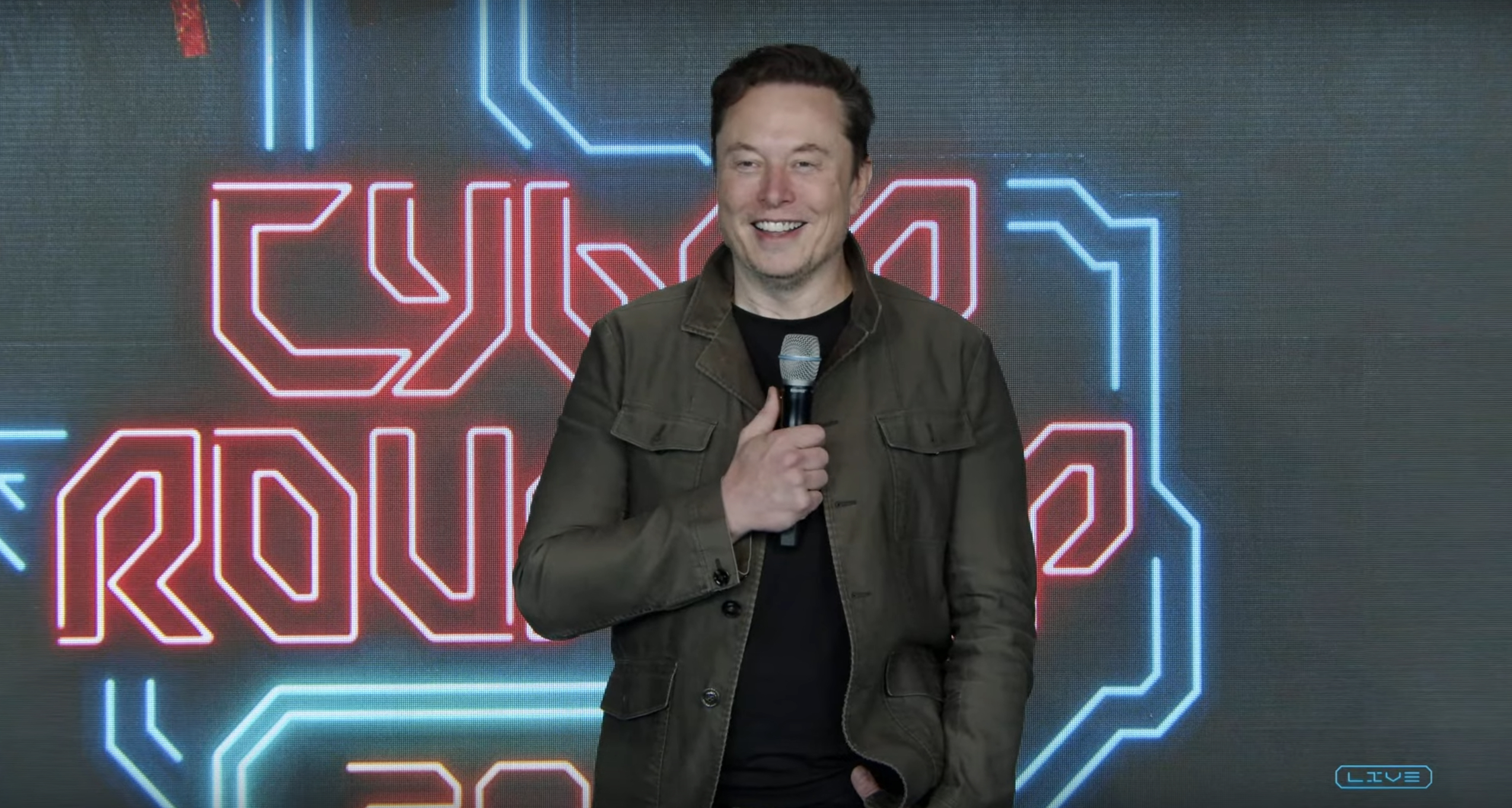
Tesla has scheduled its 2025 annual shareholder meeting for November 6, addressing investor concerns that the company was nearing a legal deadline to hold the event.
The automaker announced the date on Thursday in a Form 8-K submitted to the United States Securities and Exchange Commission (SEC). The company also listed a new proposal submission deadline of July 31 for items to be included in the proxy statement.
Tesla’s announcement followed calls from a group of 27 shareholders, including the leaders of large public pension funds, which urged Tesla’s board to formally set the meeting date, as noted in a report from The Wall Street Journal.
The group noted that under Texas law, where Tesla is now incorporated, companies must hold annual meetings within 13 months of the last one if requested by shareholders. Tesla’s previous annual shareholder meeting was held on June 13, 2024, which placed the July 13 deadline in focus.
Tesla originally stated in its 2024 annual report that it would file its proxy statement by the end of April. However, an amended filing on April 30 indicated that the Board of Directors had not yet finalized a meeting date, at least at the time.
The April filing also confirmed that Tesla’s board had formed a special committee to evaluate certain matters related to CEO Elon Musk’s compensation plan. Musk’s CEO performance award remains at the center of a lengthy legal dispute in Delaware, Tesla’s former state of incorporation.
Due to the aftermath of Musk’s legal dispute about his compensation plan in Delaware, he has not been paid for his work at Tesla for several years. Musk, for his part, has noted that he is more concerned about his voting stake in Tesla than his actual salary.
At last year’s annual meeting, TSLA shareholders voted to reapprove Elon Musk’s compensation plan and ratified Tesla’s decision to relocate its legal domicile from Delaware to Texas.
Elon Musk
Grok coming to Tesla vehicles next week “at the latest:” Elon Musk
Grok’s rollout to Tesla vehicles is expected to begin next week at the latest.
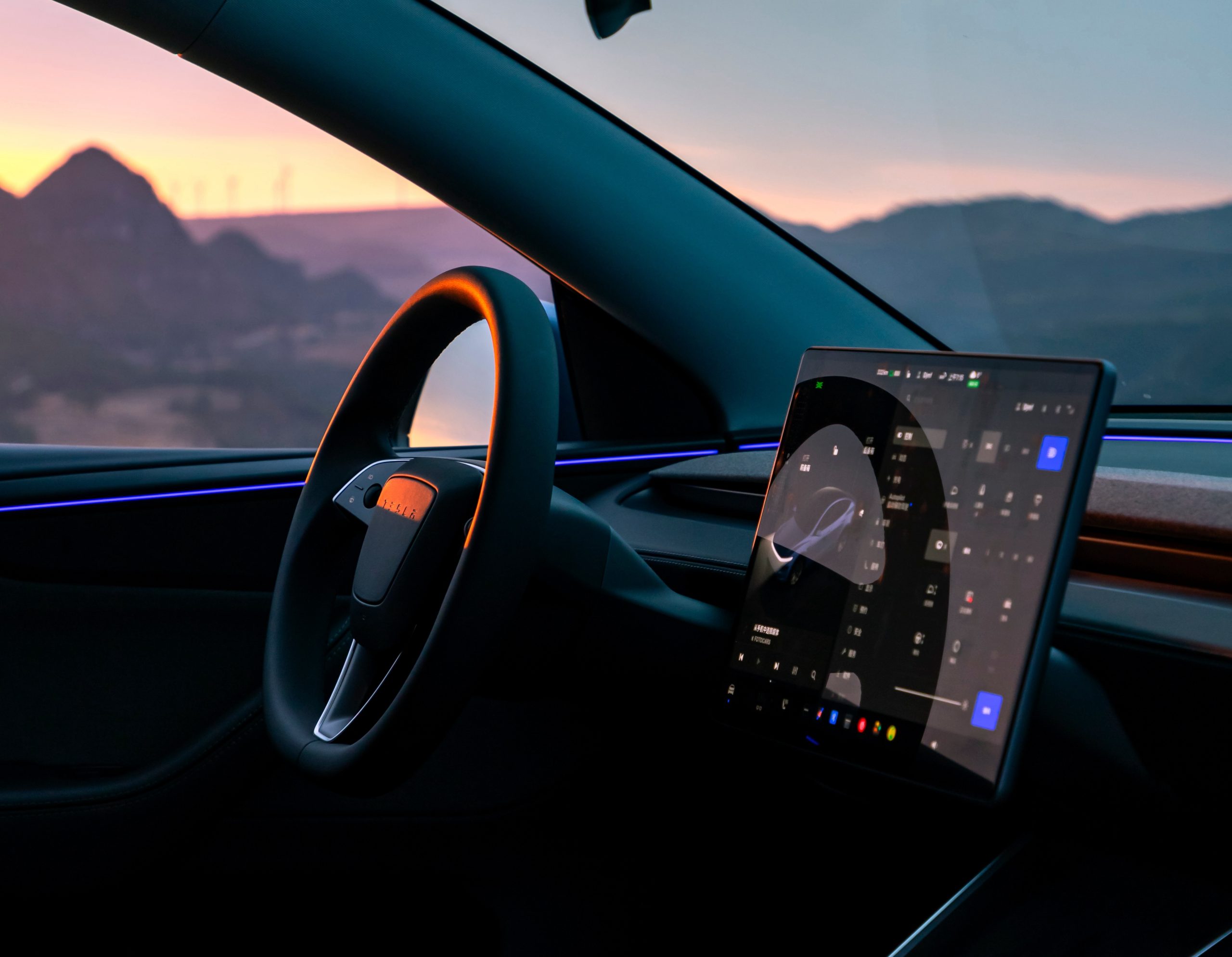
Elon Musk announced on Thursday that Grok, the large language model developed by his startup xAI, will soon be available in Tesla vehicles. Grok’s rollout to Tesla vehicles is expected to begin next week at the latest, further deepening the ties between the two Elon Musk-led companies.
Tesla–xAI synergy
Musk confirmed the news on X shortly after livestreaming the release of Grok 4, xAI’s latest large language model. “Grok is coming to Tesla vehicles very soon. Next week at the latest,” Musk wrote in a post on social media platform X.
During the livestream, Musk and several members of the xAI team highlighted several upgrades to Grok 4’s voice capabilities and performance metrics, positioning the LLM as competitive with top-tier models from OpenAI and Google.
The in-vehicle integration of Grok marks a new chapter in Tesla’s AI development. While Tesla has long relied on in-house systems for autonomous driving and energy optimization, Grok’s integration would introduce conversational AI directly into its vehicles’ user experience. This integration could potentially improve customer interaction inside Tesla vehicles.
xAI and Tesla’s collaborative footprint
Grok’s upcoming rollout to Tesla vehicles adds to a growing business relationship between Tesla and xAI. Earlier this year, Tesla disclosed that it generated $198.3 million in revenue from commercial, consulting, and support agreements with xAI, as noted in a report from Bloomberg News. A large portion of that amount, however, came from the sale of Megapack energy storage systems to the artificial intelligence startup.
In July 2023, Musk polled X users about whether Tesla should invest $5 billion in xAI. While no formal investment has been made so far, 68% of poll participants voted yes, and Musk has since stated that the idea would be discussed with Tesla’s board.
-

 Elon Musk1 week ago
Elon Musk1 week agoTesla investors will be shocked by Jim Cramer’s latest assessment
-

 Elon Musk3 days ago
Elon Musk3 days agoElon Musk confirms Grok 4 launch on July 9 with livestream event
-

 Elon Musk14 hours ago
Elon Musk14 hours agoxAI launches Grok 4 with new $300/month SuperGrok Heavy subscription
-

 News7 days ago
News7 days agoTesla Model 3 ranks as the safest new car in Europe for 2025, per Euro NCAP tests
-
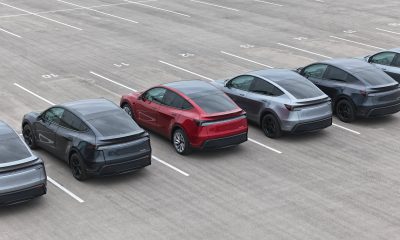
 Elon Musk2 weeks ago
Elon Musk2 weeks agoA Tesla just delivered itself to a customer autonomously, Elon Musk confirms
-

 Elon Musk1 week ago
Elon Musk1 week agoxAI’s Memphis data center receives air permit despite community criticism
-
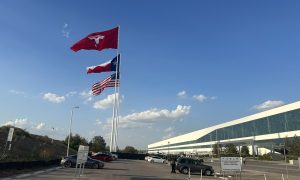
 Elon Musk2 weeks ago
Elon Musk2 weeks agoTesla’s Omead Afshar, known as Elon Musk’s right-hand man, leaves company: reports
-

 News2 weeks ago
News2 weeks agoXiaomi CEO congratulates Tesla on first FSD delivery: “We have to continue learning!”


